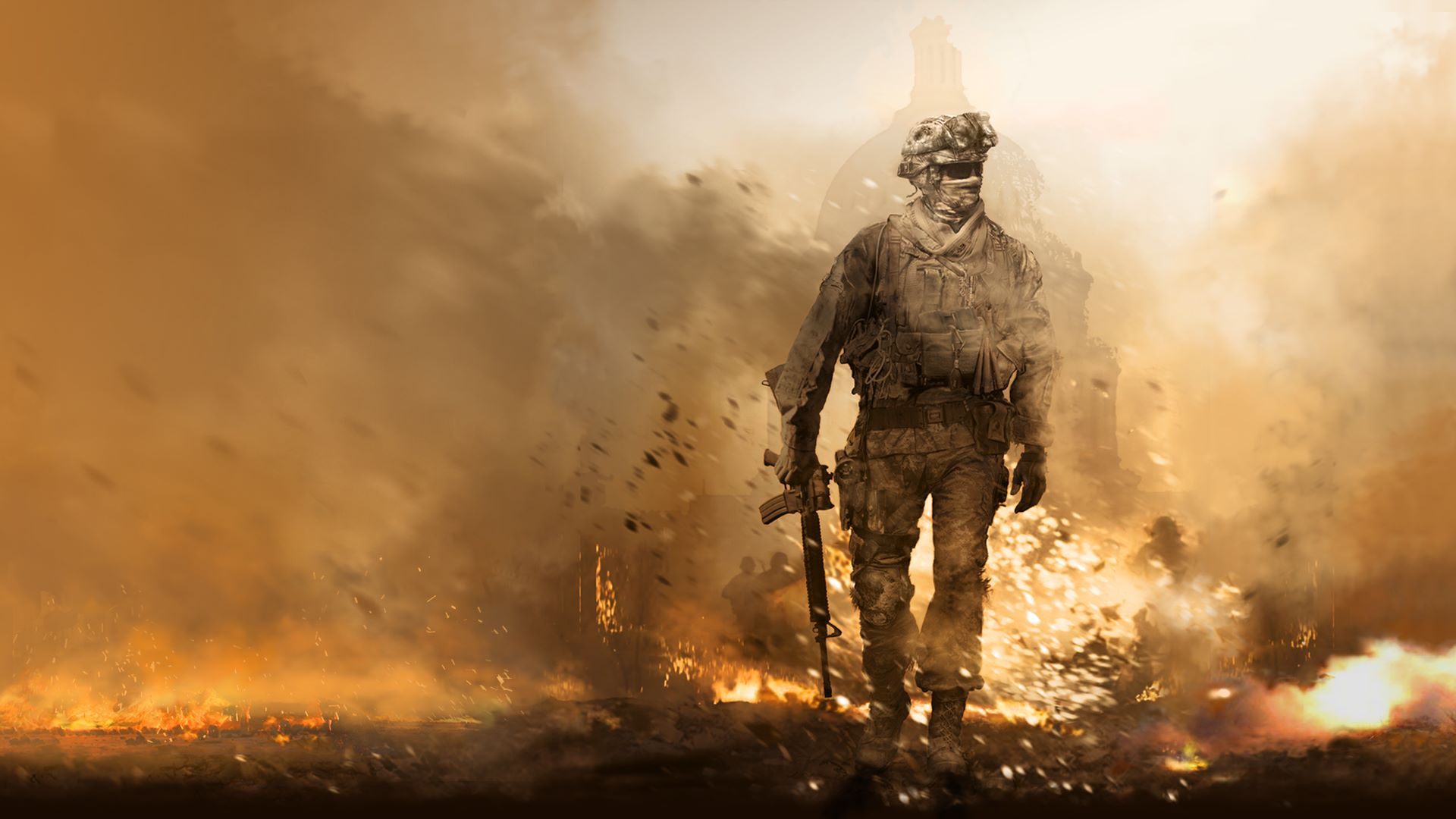
A new announcement out from Activision confirms that a new Call of Duty game will be dropping on October 25, 2019 for PlayStation 4, Xbox One, and PC. More notable than its fresh story content (despite the not-so-fresh Call of Duty: Modern Warfare moniker) and co-op mode, though, is the fact that the PC edition of the title will make use of ray tracing graphics rendering techniques. While Call of Duty: Modern Warfare will make use of a plethora of visual improvements, such as world volumetric lighting and spectral rendering for night vision effects, the inclusion of ray tracing is by far the most significant of these, as it still represents the leading edge of video game graphics.
In digital graphics, ray tracing is a more accurate alternative to scanline rendering that plots pixels along the vectors that lighting visual elements would follow (i.e. it traces the ray) to create more realistic lighting effects. This allows light effects to be consistent with physical principles as the ray interacts with other rendered objects: When light hits an object, the ray tracing algorithm calculates the proper shading to produce a photorealistic look.
The downside to utilizing this algorithm is that it is computationally intensive unless you have the proper hardware. Right now, Nvidia’s RTX graphics cards are the best way to reap the benefits of ray tracing.
The extent that developers choose to implement real-time ray tracing has varied, as has the impact on visual quality. Ray tracing still has some distance to go to win over skeptics. At present, it lacks the wow factor to set it apart from traditionally-rendered games. That’s been especially true in the first titles to use it, such as Battlefield V and Metro: Exodus.
Ironically, the skilled developers that the video game industry has at its disposal have gotten so good at faking light effects using traditional means makes that it is hard to tell when ray tracing is enabled. And, even when armed with an RTX GPU, ray tracing gameplay takes a significant toll on performance. Still, for those that already have the hardware for it, the new Call of Duty is a welcome expansion to the ray tracing library. And hey, maybe this implementation will be the one that really wins us over.



